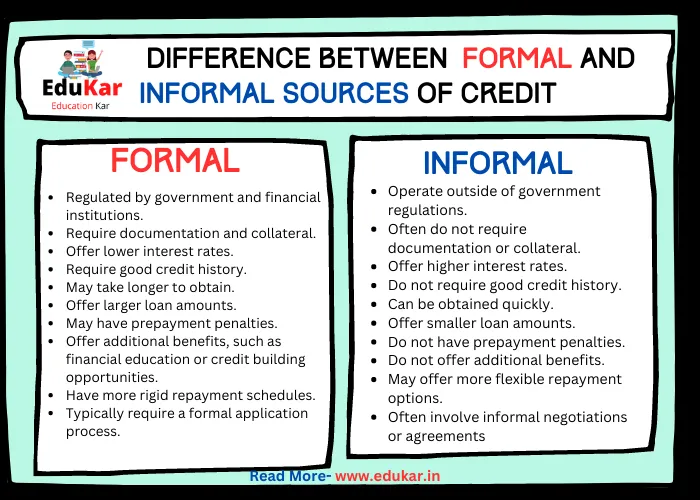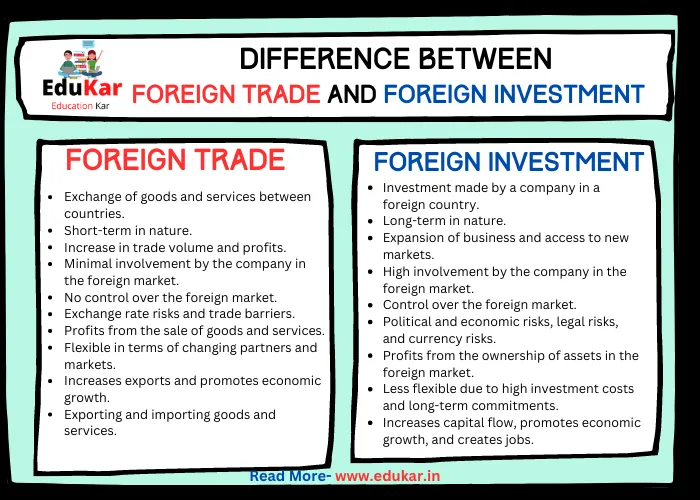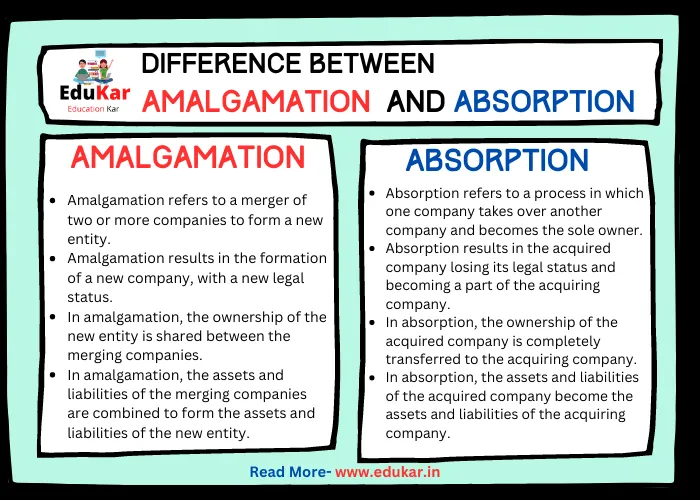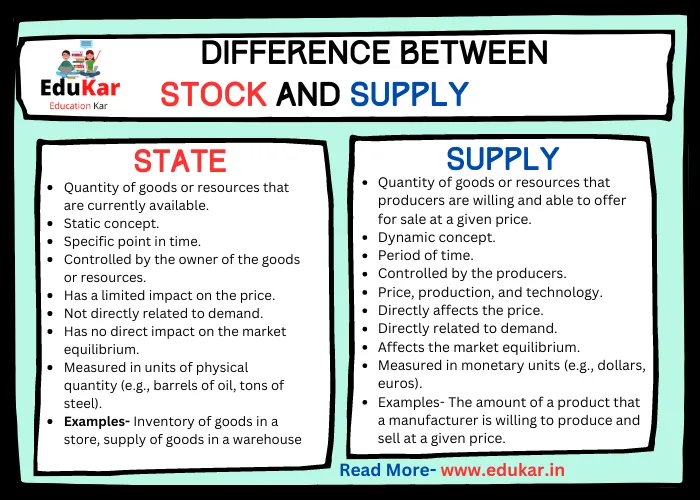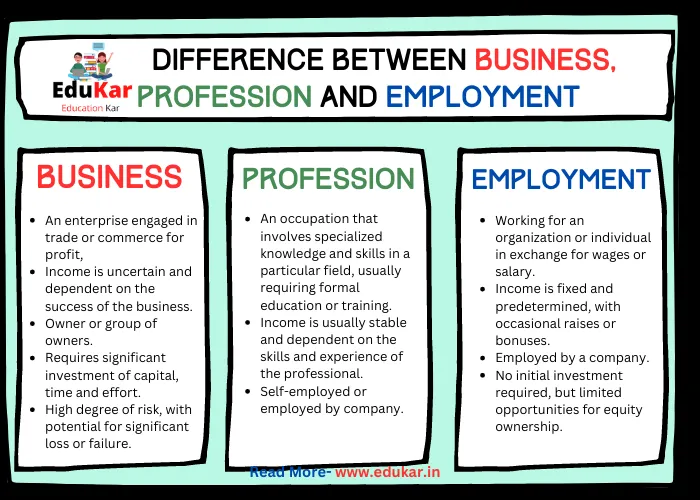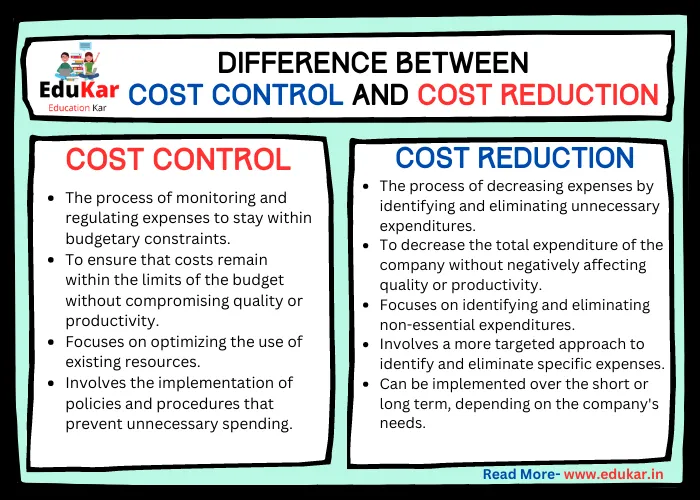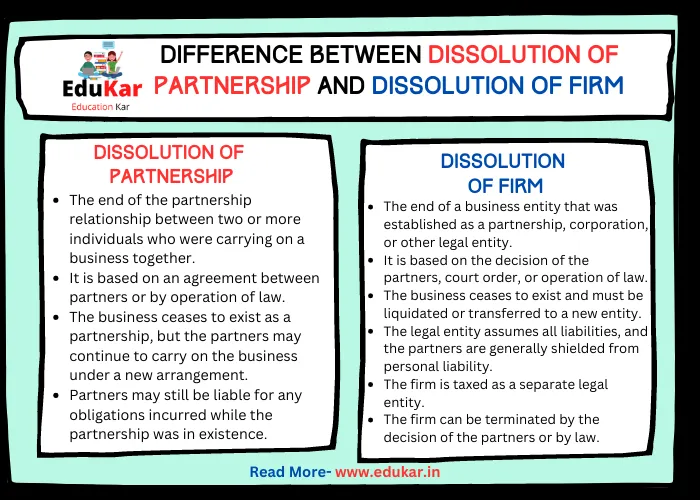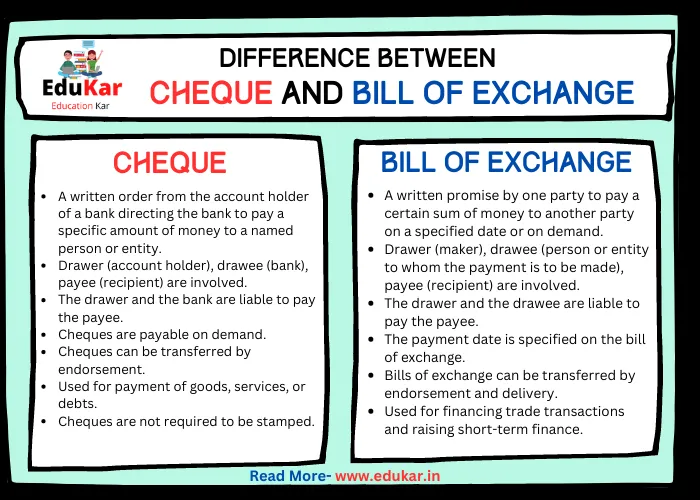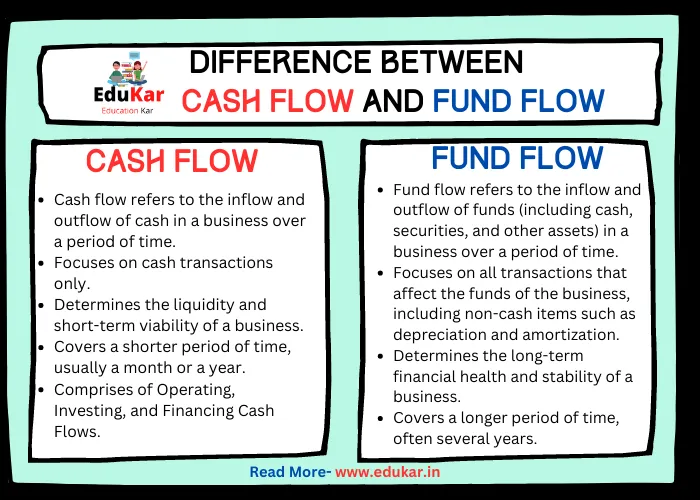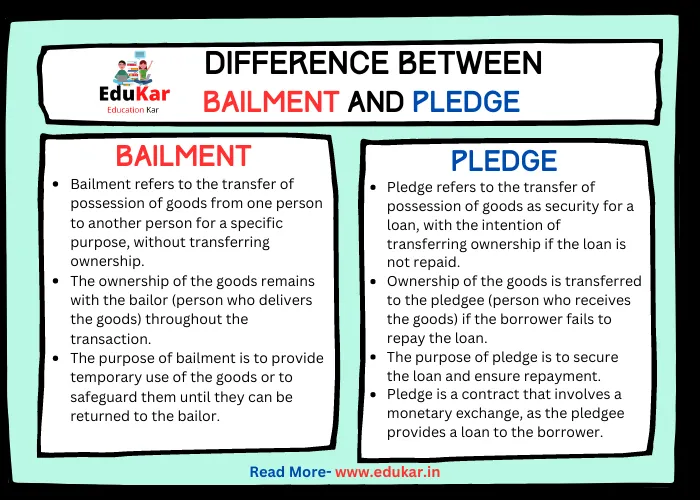Contents
- 1 Introduction
- 2 Joint Venture
- 3 Consignment
- 4 Difference Table between Joint Venture and Consignment
- 5 Key Differences between Joint Venture and Consignment
- 6 Choosing the Right Option
- 7 Conclusion
- 8 Important FAQs
- 8.1 What is a joint venture?
- 8.2 What is a consignment?
- 8.3 What are the advantages of a joint venture?
- 8.4 What are the disadvantages of a joint venture?
- 8.5 What are the advantages of a consignment?
- 8.6 What are the disadvantages of a consignment?
- 8.7 How do I choose between a joint venture and a consignment?
Looking to expand your business? Learn about the difference between joint ventures and consignments to choose the best option for your needs. Our detailed guide covers everything from advantages and disadvantages to real-world examples and FAQs. Make an informed decision and grow your business today!
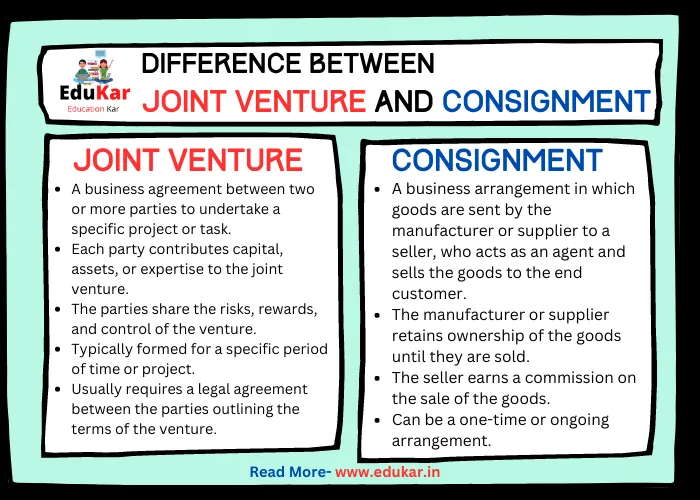
Introduction
Joint venture and consignment are two common business arrangements that many companies use to expand their reach and revenue streams. While these terms are often used interchangeably, there are significant differences between them that businesses need to understand before entering into any agreements.
Joint Venture
Definition of joint venture
A joint venture is a business arrangement in which two or more companies come together to undertake a specific project or venture. Each company contributes resources, such as capital, expertise, and technology, to the project, and they share the risks and rewards of the venture.
Benefits of joint venture
Joint ventures can offer several benefits, including shared resources, risk sharing, access to new markets, and increased expertise and technology.
Risks of joint venture
Joint ventures can also have risks, such as potential conflicts between the partners, sharing of profits, and uneven contribution of resources.
Examples of joint venture
Examples of joint venture include Sony Ericsson, a joint venture between Sony and Ericsson to develop and produce mobile phones, and the Renault-Nissan-Mitsubishi Alliance, a joint venture between three car manufacturers to develop electric and self-driving cars.
Consignment
Definition of consignment
Consignment is a business arrangement in which one company (the consignor) supplies goods to another company (the consignee) to sell on its behalf. The consignee only pays the consignor for the goods that are actually sold, and any unsold items are returned to the consignor.
Benefits of consignment
Consignment can offer several benefits, including reduced inventory costs, increased sales, and access to new markets.
Risks of consignment
Consignment can also have risks, such as potential losses due to unsold goods, delayed payments, and damage to goods during transportation.
Examples of consignment
Examples of consignment include retail stores that sell goods on consignment, such as secondhand clothing stores, antique shops, and art galleries.
Difference Table between Joint Venture and Consignment
| Joint Venture | Consignment |
|---|---|
| A business agreement between two or more parties to undertake a specific project or task | A business arrangement in which goods are sent by the manufacturer or supplier to a seller, who acts as an agent and sells the goods to the end customer |
| Each party contributes capital, assets, or expertise to the joint venture | The manufacturer or supplier retains ownership of the goods until they are sold |
| The parties share the risks, rewards, and control of the venture | The seller earns a commission on the sale of the goods |
| Typically formed for a specific period of time or project | Can be a one-time or ongoing arrangement |
| Usually requires a legal agreement between the parties outlining the terms of the venture | Requires a consignment agreement between the manufacturer or supplier and the seller outlining the terms of the arrangement |
| Profits and losses are shared among the parties based on their contribution to the venture | The manufacturer or supplier retains ownership of any unsold goods and assumes the risk of loss or damage |
| Joint ventures can be formed for a variety of purposes, including research and development, marketing, and production | Consignment is typically used in retail or wholesale settings to manage inventory |
| Joint ventures can involve the creation of a new entity or the pooling of resources and expertise of existing companies | Consignment involves the transfer of goods from one party to another for the purpose of sale |
| Joint ventures can be complex and require significant planning and coordination | Consignment is a simpler arrangement that is easier to set up and manage |
| Joint ventures can be a way for companies to enter new markets, share costs, and gain access to new technology or expertise | Consignment is a way for manufacturers or suppliers to sell their goods without the need for a physical store or distribution network |
Key Differences between Joint Venture and Consignment
A. Ownership and control: In a joint venture, each partner has an equal stake in the venture and shares control over the project. In a consignment, the consignor retains ownership and control over the goods, while the consignee has limited control over the sales process.
B. Financial arrangements: In a joint venture, partners contribute resources, and profits are shared based on the contribution of each partner. In a consignment, the consignor retains ownership of the goods and receives a percentage of the sales price, while the consignee takes a commission for selling the goods.
C. Risks and rewards: In a joint venture, partners share both risks and rewards equally, while in a consignment, the consignor bears most of the risk and the consignee receives a commission for successful sales.
D. Accountability and responsibility: In a joint venture, each partner is accountable and responsible for their contributions to the project, while in a consignment, the consignor is responsible for the quality and condition of the goods, and the consignee is responsible for selling them.
Choosing the Right Option
A. Factors to consider: When choosing between a joint venture and consignment, businesses should consider factors such as the nature of the project, the resources required, the risks involved, and the potential rewards.
B. Examples of situations where joint venture is the better option: Joint ventures are better suited for projects that require significant resources, expertise, and investment, such as research and development, infrastructure projects, and large-scale manufacturing.
C. Examples of situations where consignment is the better option: Consignment is a better option for businesses that want to expand their reach without committing significant resources and investment, such as small businesses, startups, and companies that want to test new markets.
Conclusion
Joint ventures and consignments are two different business arrangements that offer unique benefits and risks. While joint ventures involve shared ownership and control, consignments involve a consignor retaining ownership and control over the goods. Joint ventures are better suited for projects that require significant resources, expertise, and investment, while consignments are a better option for businesses that want to expand their reach without committing significant resources and investment.
Important FAQs
What is a joint venture?
A joint venture is a business arrangement where two or more parties share ownership and control of a project or venture, and each party contributes resources, expertise, and investment to achieve common goals.
What is a consignment?
A consignment is a business arrangement where a consignor entrusts goods to a consignee for sale, with the consignor retaining ownership and control over the goods until they are sold. The consignee earns a commission on the sales but assumes no risk or investment in the goods.
What are the advantages of a joint venture?
Joint ventures can offer several advantages, such as sharing of resources, expertise, and investment, pooling of risks and rewards, access to new markets and customers, and enhanced competitiveness and innovation.
What are the disadvantages of a joint venture?
Joint ventures can also have some disadvantages, such as conflicts of interest, differences in goals and management styles, unequal contribution and sharing of profits, potential for legal and financial liabilities, and loss of autonomy and control.
What are the advantages of a consignment?
Consignments can offer several advantages, such as minimal investment and risk, increased market reach and exposure, better inventory management, flexible and scalable operations, and potential for long-term relationships with consignees and customers.
What are the disadvantages of a consignment?
Consignments can also have some disadvantages, such as lower profits and control for consignors, potential for theft, loss, and damage of goods, dependence on consignees’ sales performance and market conditions, and legal and financial complexities in case of disputes or non-payment.
How do I choose between a joint venture and a consignment?
The choice between a joint venture and a consignment depends on several factors, such as the nature and scope of the project, the resources and expertise needed, the investment and risks involved, the goals and interests of the parties, and the legal and financial implications. It is important to consult with experts, conduct due diligence, and negotiate terms and conditions carefully to ensure a successful and mutually beneficial agreement.



